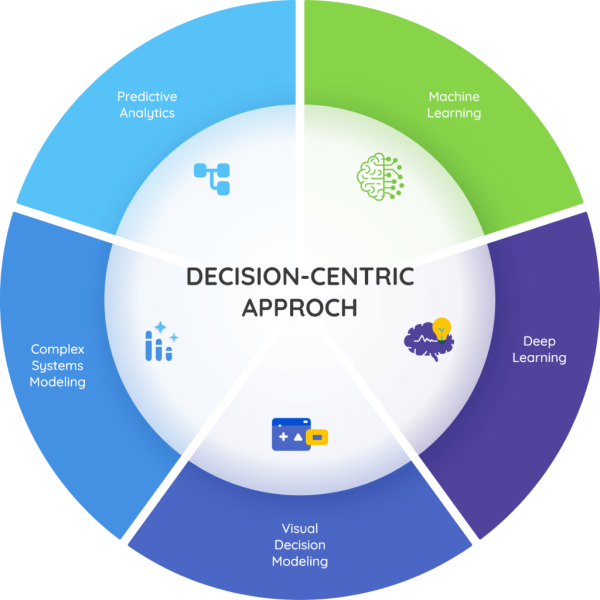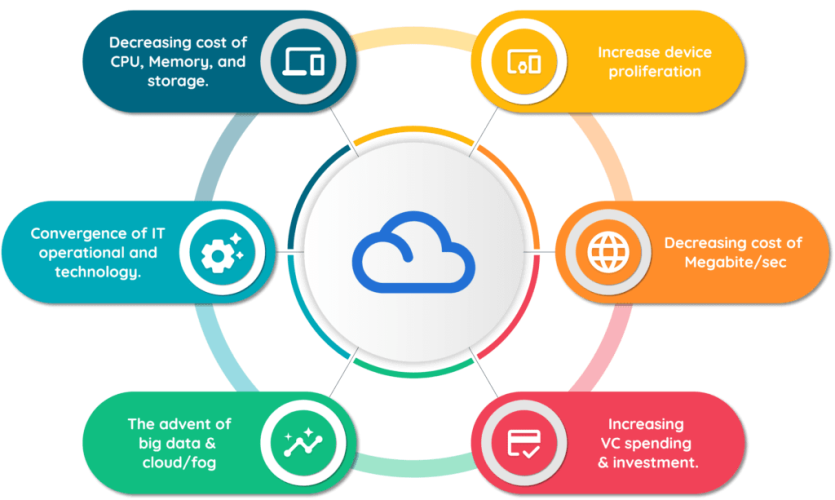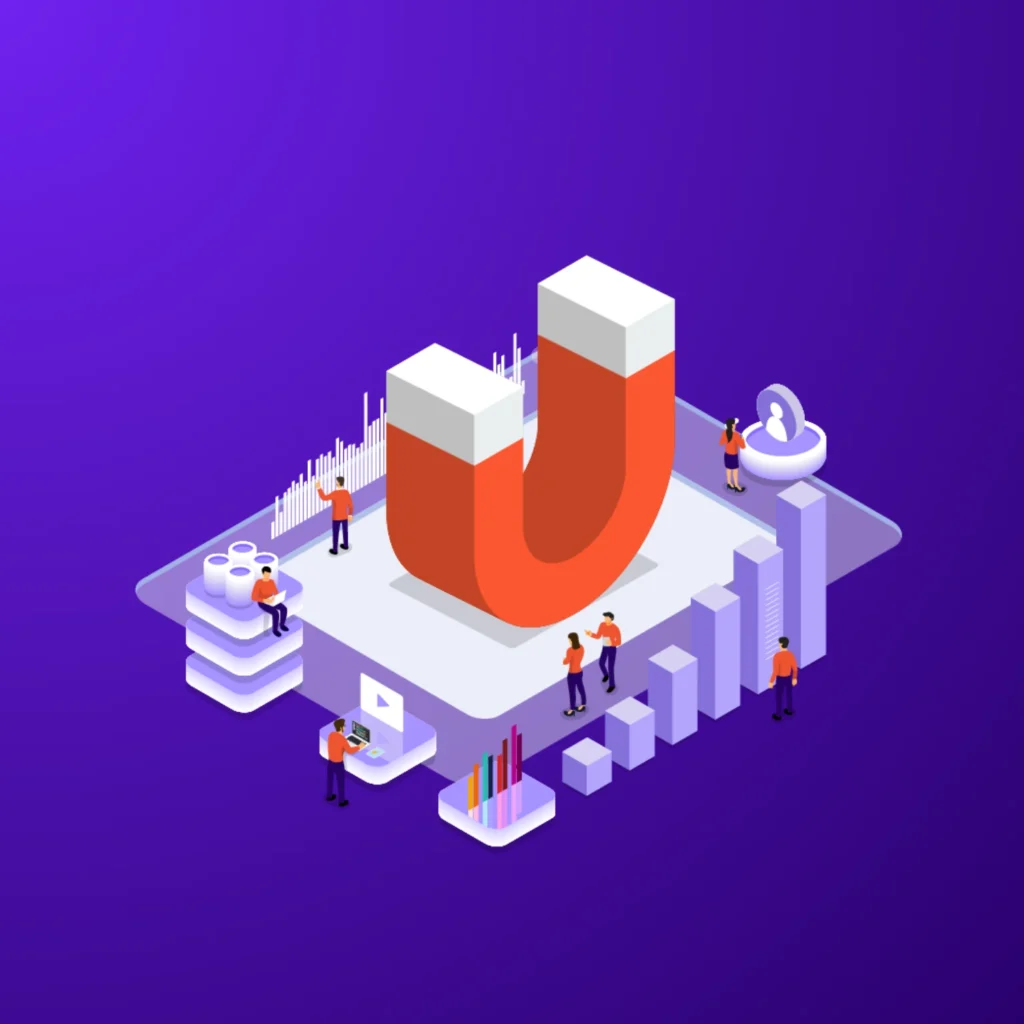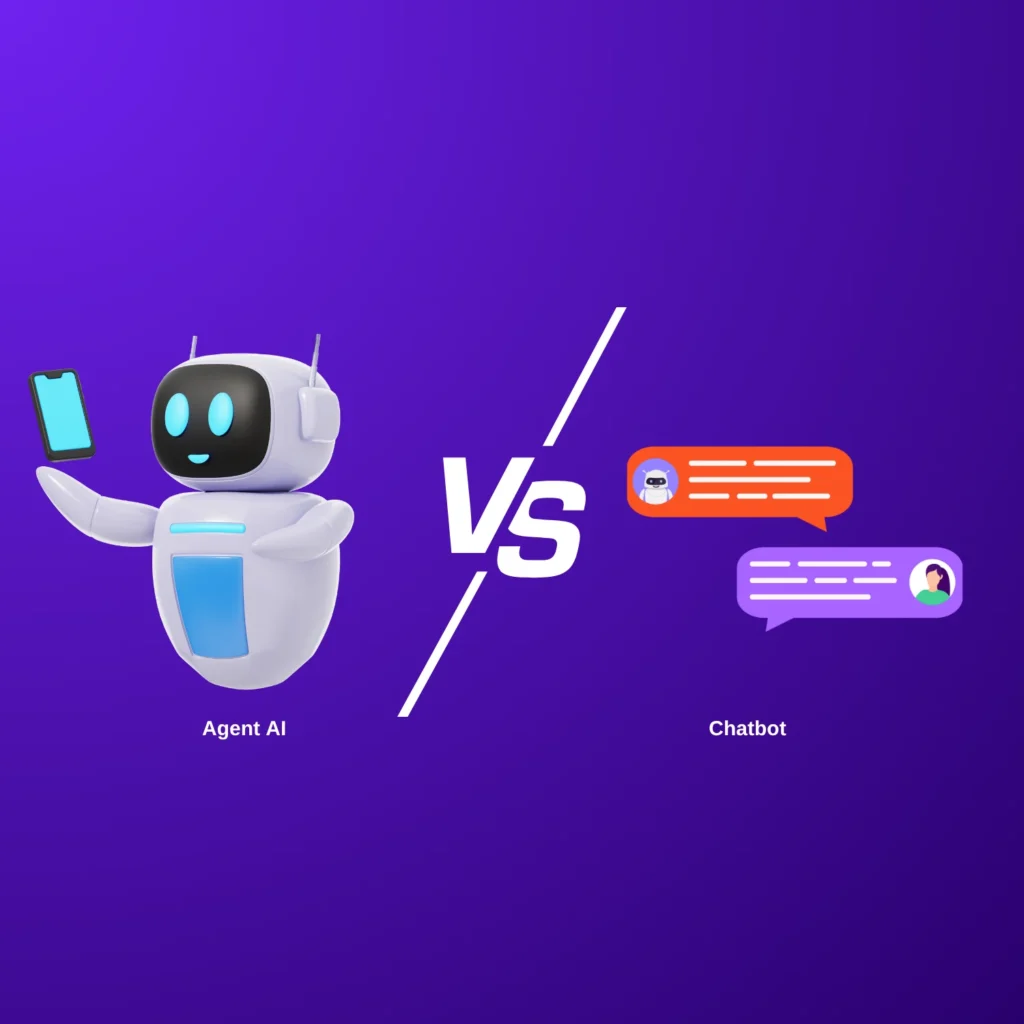Emerging trends in AI
2021 can be dubbed the ‘Year of Happening’. This year marking the retrieval to normal life post-pandemic, has also paved the way for various AI trends leading to astronomical advancements in AI.
AI has proven to be one of the most, if not the only disruptive technologies that are continuously reaching a wider scope of integration. Pre pandemic, AI was a promising peak of advanced technologies. However, the pandemic has turned the emerging into a vital requirement in battling the outbreaks as well as a concrete pillar supporting the modernized world.
A study by PWC finds that around 52% of the companies accelerated their AI adoption due to the covid crisis. Furthermore, around 86% agree that AI is becoming a mainstream technology at their company. These companies now are trying to reap the rewards, mainly because of their effective and relevant response to the crisis thrown at by the pandemic.
The beginning of this decade mainly due to the pandemic has accelerated the gradually flourishing upgrades that marked the end of the previous decade. Few of the potential developments of AI that became mainstream this year are-
AI Trends in Retail
Hyper personalizing businesses through recommender system
Companies from right around the mid-2010s have started attempting the integration of AI into their organizations to analyze the insights from the customers in an attempt to personalize their offerings to the customers.
The integration however saw a gradual rise until the pandemic struck in the year 2020. With brands left with no alternative to the online presence, they began aggressively deploying AI to substitute the physical efforts of product personalization.
Through the assistance of AIops and MLops both of which rely on big data and ML to automate the business cycles and interactions, businesses are using recommender systems to reach the depths and breadths of personalizing their approach towards the customers. One of the most known use cases of this recommender system is Amazon’s recommender engine. It provides every individual user with a personalized webpage depending on their inputs.
A REPORT SAYS THAT BUSINESSES THAT USE AI AND RELATED TECHNOLOGIES LIKE ML AND DEEP LEARNING TO UNCOVER NEW INSIGHTS WILL TAKE $1.2 TRILLION FROM THEIR COMPETITORS THAT DON’T.
Demand Predictions and Price Optimization from Big Data
Covid has served as a prime example of the threats a business can face due to the fluctuations in customer demands. With a colony of businesses flooring down due to the pandemic, brands have realized the importance of demand forecasting and are now aggressively deploying advanced analytics to forecast the market demand and are optimizing their production and warehouse capacities accordingly. IKEA for example employs custom-tailored software to predict the demand and offers high-quality products at a 30% reduced cost. AI capabilities also provide a competitive edge to the brands in terms of optimizing the price depending upon the market scenario and the competitor prices. Amazon and Walmart recently began optimizing their prices through advanced AI analytics.
Enhanced Customer Experience

AI-driven solutions can gather voluminous amounts of scattered data and construct a personalized pipeline for every customer. Personalizing interaction through NLP and ML, brands are also employing virtual try-on, visual searches, Augmented Reality into their businesses to provide heightened customer satisfaction.
AI Trends in BFSI
Elimination of Cyber threats
The banking sector now is evolving more than ever into digital spaces with AI-assisted technologies, net banking, micro branches, kiosks, etc. With sensitive data stored in servers, banks are always under the threat of cyber attacks. In order to face this challenge, BFSI is now making AI their unbreakable security wall equipped with an arsenal of threat eliminators like regular mock-cyber attack scenarios, using NLP to detect any information or links indicating potential threats, ML to identify fraudulent activities, etc.
Decision Intelligence
Decision Intelligence combines machine learning, deep learning, visual decision modeling, complex system modeling, and predictive analysis to generate an optimum and efficient decision. It helps businesses make data-driven, faster decisions eliminating any possible mistakes or biases. In a report released by Gartner in the year 2020, it has predicted that by the end of the year 2021, around 33% of the organizations will rely on decision intelligence and modeling for their work processes.

DI is helping banks analyses risks in their plans, the possibility of failures, wealth allocation, personalized offerings to customers, etc. With transactions occurring in gazillions involving heaps of cash, DI eliminates the possibility of any human error which can potentially lead to an unfathomable loop of complications.
Apart from healthcare, Decision intelligence is also being aggressively deployed in healthcare wherein it helps medical practitioners to analyze the reports, suggest the diagnosis, and help doctors prioritize the cases.
AIOT- The marriage of AI with IOT
One of the most important AI trends is AIOT. AIOT as the name suggests stands for Artificial intelligence of things, representing the pinnacle of integration between AI and the Internet of Things.
The year 2021 has unleashed various potential advantages and savings enabled by the integration of AI and IoT. With IoT collecting valuable data and insights from the users, AI can systemically analyze this particular information generating a stream of directed experience which is further enhanced by real-time decision-making, reduced data transfer costs, and a continuously adaptive and improving decision-making process.

2021 saw AIoT transition from an organizational application to a much broader scope through its convergence into the planning of smart cities. . With around 70% of the population expected to live in urban areas by 2050, adopting AIOT is the most optimal way to face the challenges like resource management, sustainable and optimal functioning of the cities. AIOT also finds its place in smart homes, industrial IOT, Autonomous vehicles, wearable devices like smartwatches, etc.
How can AI eliminate the threat of another pandemic?
The pandemic has shivered the foundations of the world teaching the importance of preparedness to face and if possible prevent another outbreak of similar situations. Apart from being a major deployment in the health sector, AI with its predictive analysis offers a solution to this necessity through the following ways.
Predicting the outbreak
Researchers and scientists in 2021 are restlessly working on the creation of predictive AI epidemiology with the sole purpose of predicting the time and location of outbursts of any future pandemics. This research is already in an advanced state even before the Covid outbreak. Blue Dot’s tool had scanned 100,000 data sources and issued an early alert about the potential outbreak in Wuhan, China on 31 December 2019. While largely a dispersed project before the pandemic, it is now being aggressively researched as a potential solution to prevent further pandemics
Automated Detection and Prevention
Certain places like the U.S. have already started encouraging the use of automated drones for the surveillance and assurance of social distance guidelines followed by the public. With automated drones in place, it’s only a matter of time before more advanced applications develop that can help these drones detect viral traces or symptoms among a crowd by analyzing their body temperatures. These systems use computer vision technology to analyze the footage captured by the drones. With facial recognition becoming more and more regulated, the public has also begun accepting its use in order to prevent the rapid spread of any virus.
What’s Next?
Although initiated by the pandemic, these developments lay the foundation of much bigger advancements yet to come. The coming age will be a tide of data-driven technology. As the world spins to the other side of the Covid crisis, entrepreneurs and brands will aggressively try to leverage the market conditions to achieve deeper market penetration. Advanced technologies like AI and analytics will play a major role in helping these organizations reach their goals. While re-inventing and re-modeling the existing businesses, AI with its self-driven capabilities can also sprout the initiation of new business models and fully automated business ventures.



